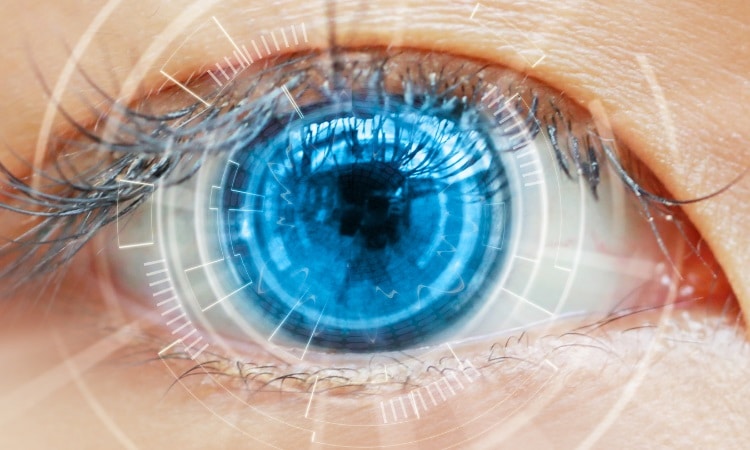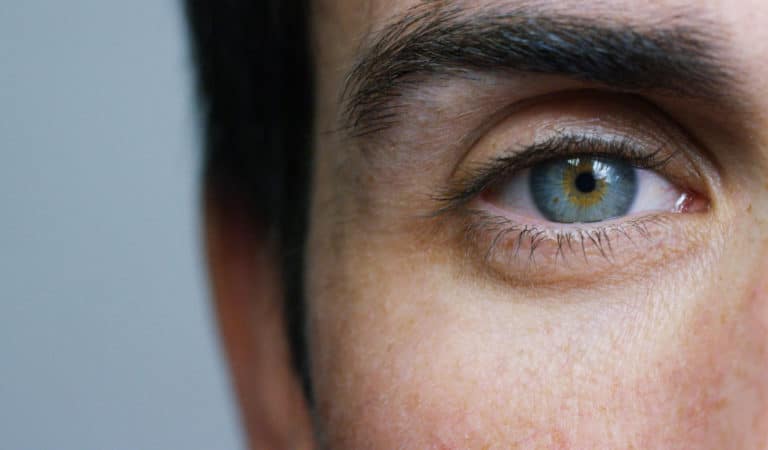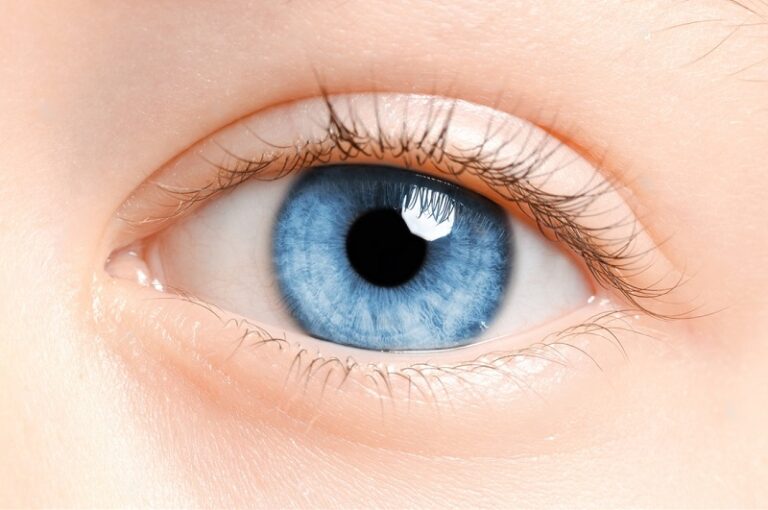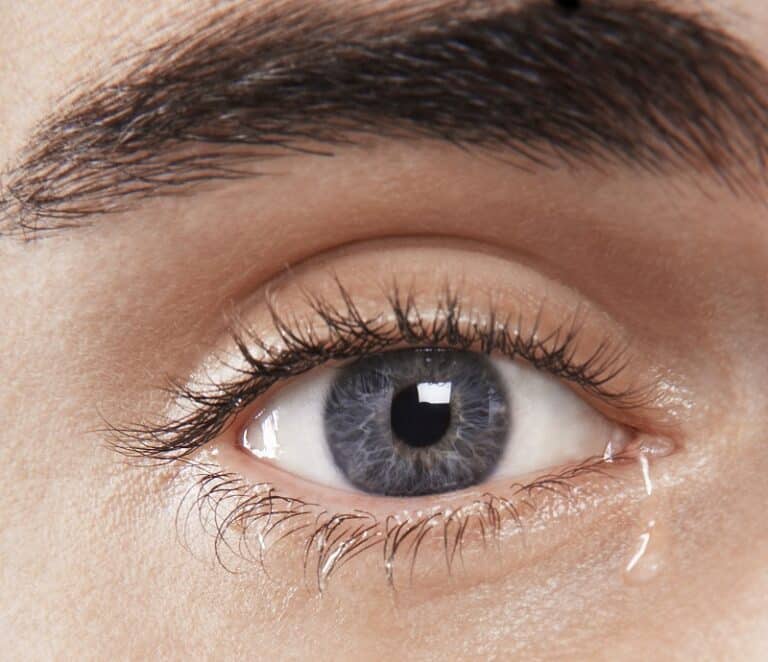How Does PRK laser vision correction Surgery Work?
If you’re interested in laser vision correction to improve your eyesight without contacts or glasses, you may be unsure where to start with the numerous options. Keep reading to learn about PRK Laser Vision Correction surgery, how it works, and its benefits.
What is Photorefractive Keratectomy (PRK)?
Photorefractive keratectomy (PRK) is a type of Laser Vision Correction eye surgery that corrects vision problems by reshaping the cornea. It is a popular alternative to LASIK Laser Vision Correction surgery for people who have thin or irregular corneas, as it removes less tissue from the cornea. PRK can be used to treat nearsightedness, farsightedness, and astigmatism.
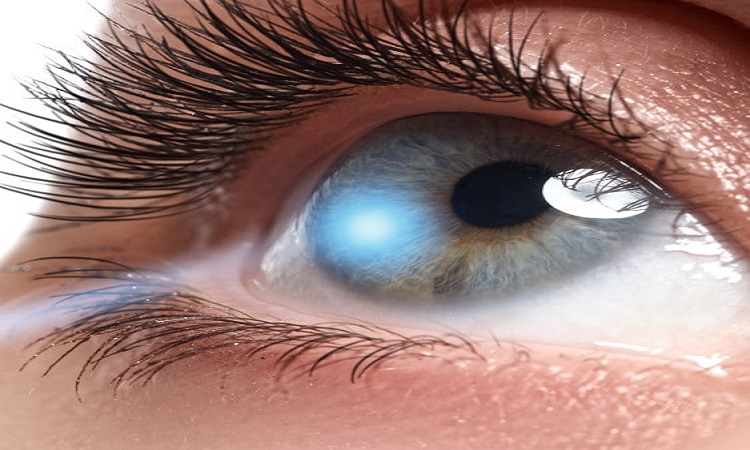
How Does PRK Laser Vision Correction Work?
Before your surgery, we’ll use an eye-numbing medication to ensure your comfort and an eyelid holder will be placed to prevent blinking. The entire procedure for both eyes takes 30 minutes or less.
The PRK procedure starts with removing the outer layer of the cornea, known as the epithelium. Once the epithelium is removed, a laser reshapes the underlying corneal tissue. The laser emits pulses of ultraviolet light that vaporize tiny amounts of corneal tissue, causing it to change shape. This laser is programmed to precisely remove tissue from the cornea in a specific pattern based on the individual’s prescription for corrective lenses.
After the cornea has been reshaped, Dr. Alabata gently places a soft contact lens over the eye to act as a bandage while the epithelium regrows. You’ll need to wear the lens for up to a week while the cornea heals. Over time, the cornea will naturally remodel itself, resulting in improved vision without glasses or contacts.
What to Expect After PRK Surgery
After PRK surgery, it is normal to experience some discomfort, redness, and sensitivity to light in the treated eye. The eye may feel gritty or like there is something in it for several days after the procedure, and vision may be blurry or hazy during the first week of recovery. You’ll need to avoid rubbing your eyes or getting water or other irritants in the eye during the healing process, as this can increase the risk of infection and slow healing.
It is common to experience fluctuations in vision during the first few weeks or months after PRK as the cornea continues to heal and remodel itself. Most patients can return to normal activities and work within a few days to a week after PRK. Your vision will continue to improve gradually, and the full results of PRK may take up to six months.
Request a Consultation
We’d love to help you get all the information you need in order to make the best choice for your eyes. Request a consultation today! A referral is not necessary. Our staff is available and happy to answer your every question.
Am I a Good Candidate for PRK?
PRK is an excellent option for many people looking to correct their vision without glasses or contact lenses. Typically, individuals over 18 with stable vision and healthy eyes are ideal candidates for PRK. Dr. Alabata will assess your eyes and goals to help you determine if photorefractive keratectomy is right for you.
Take the Next Step and Enjoy Better Vision
To schedule your in-person Eye Care Consultation, call Alabata Eye Center at (850) 331-3937. A referral is not necessary. Thank you for trusting our professional services.
